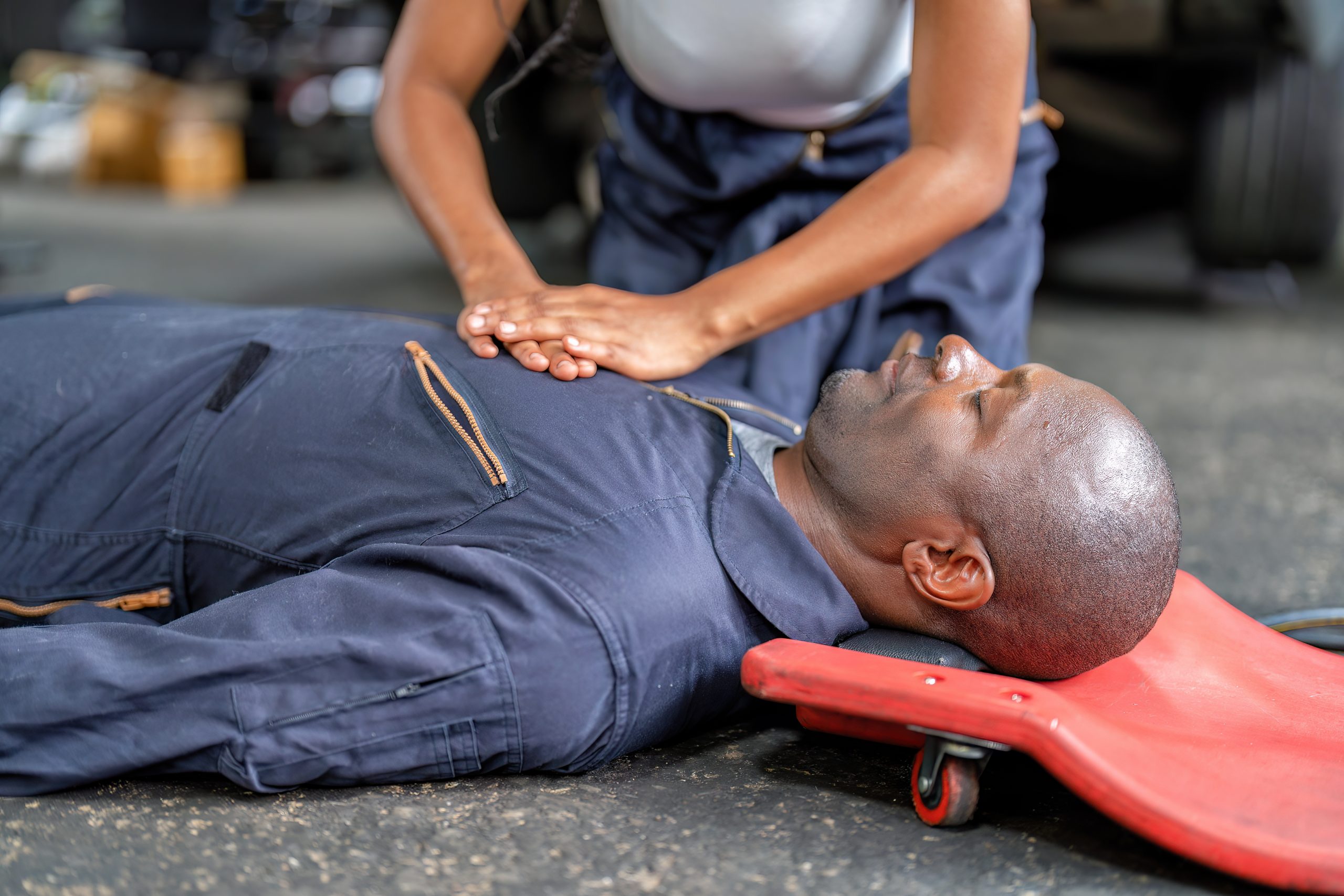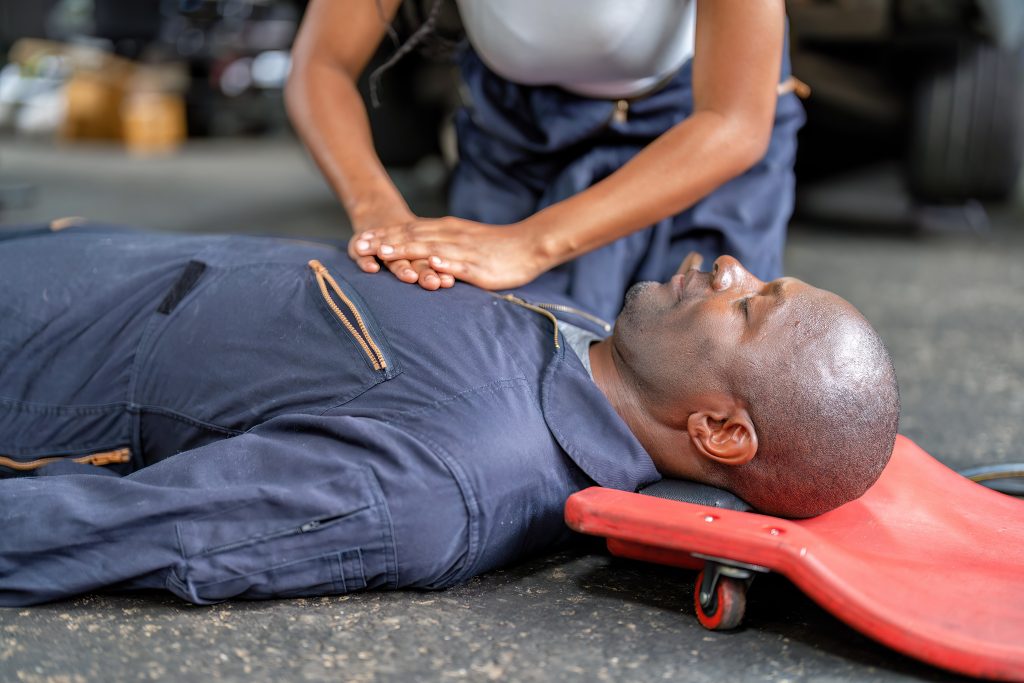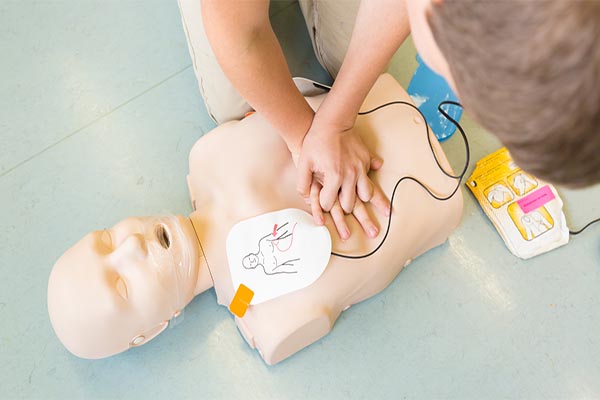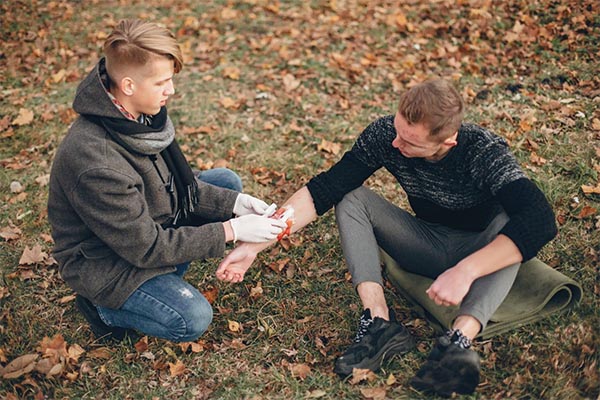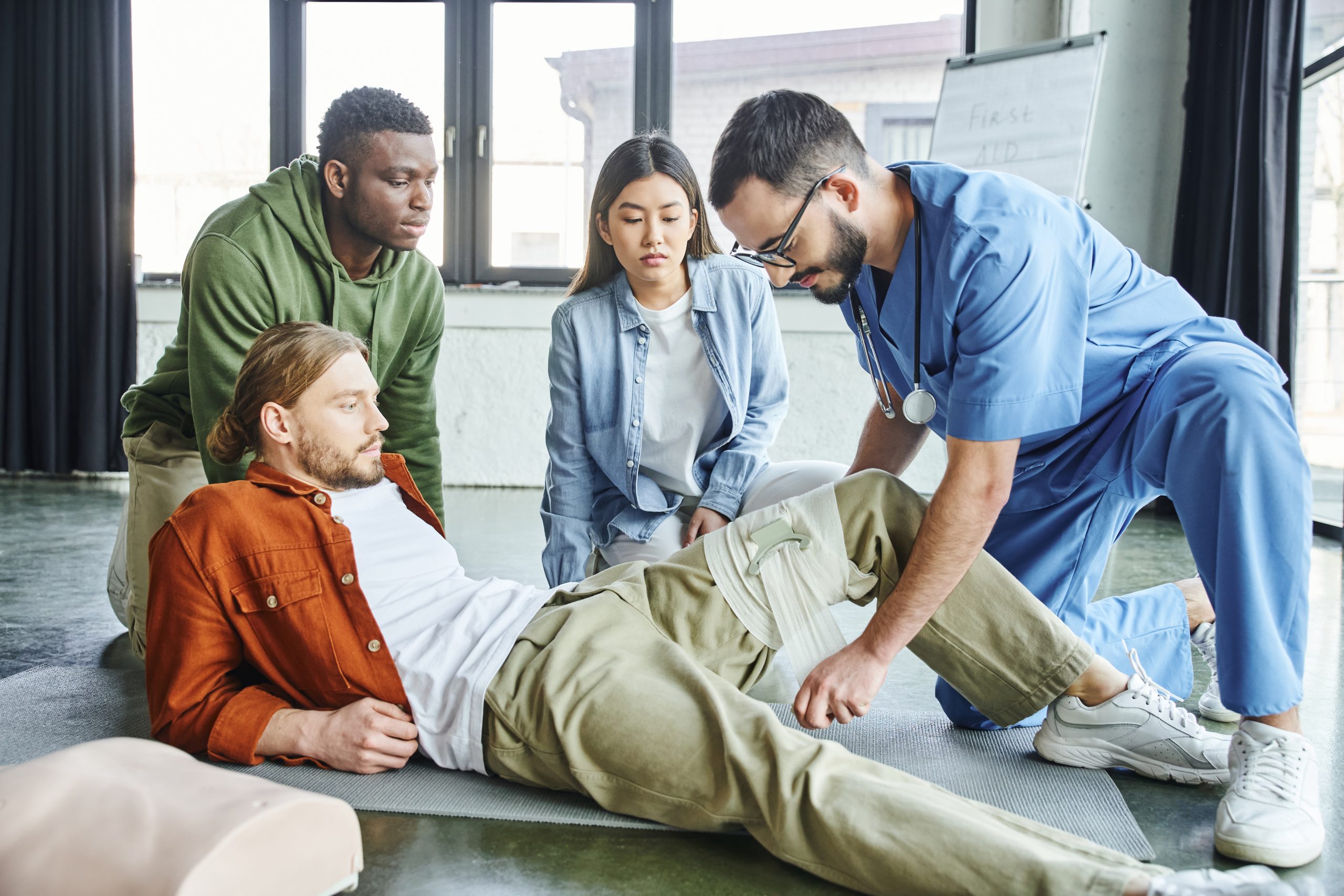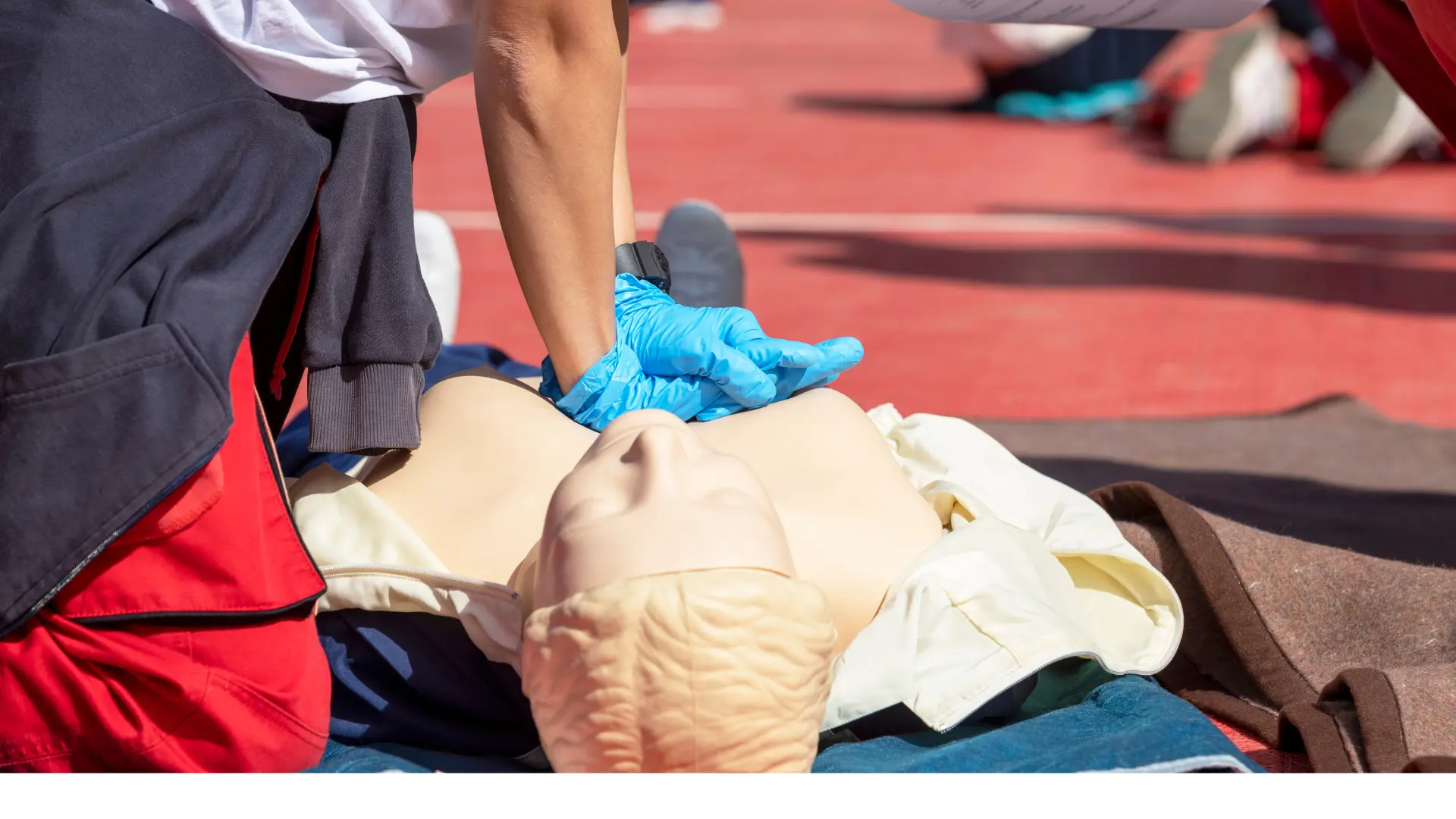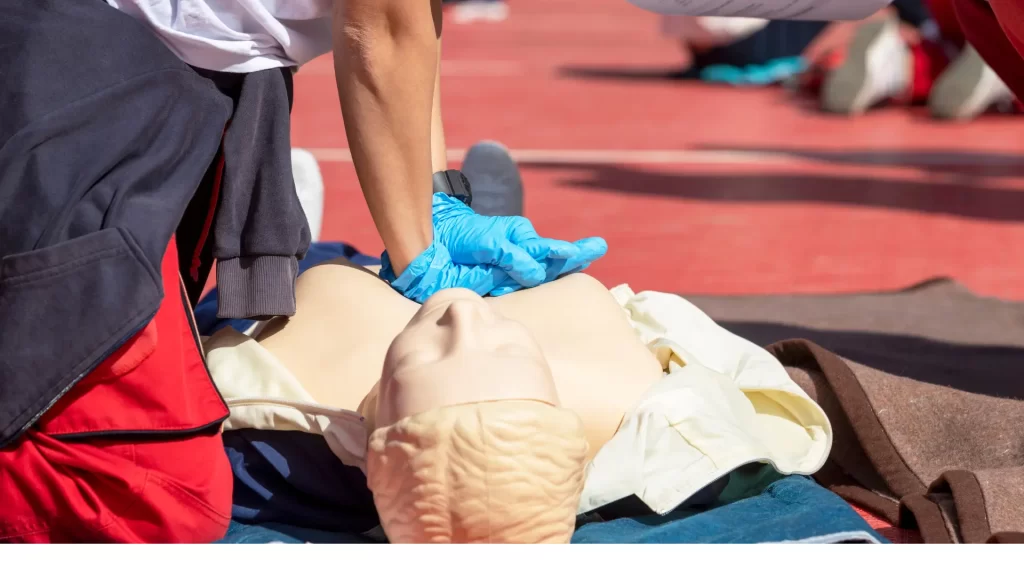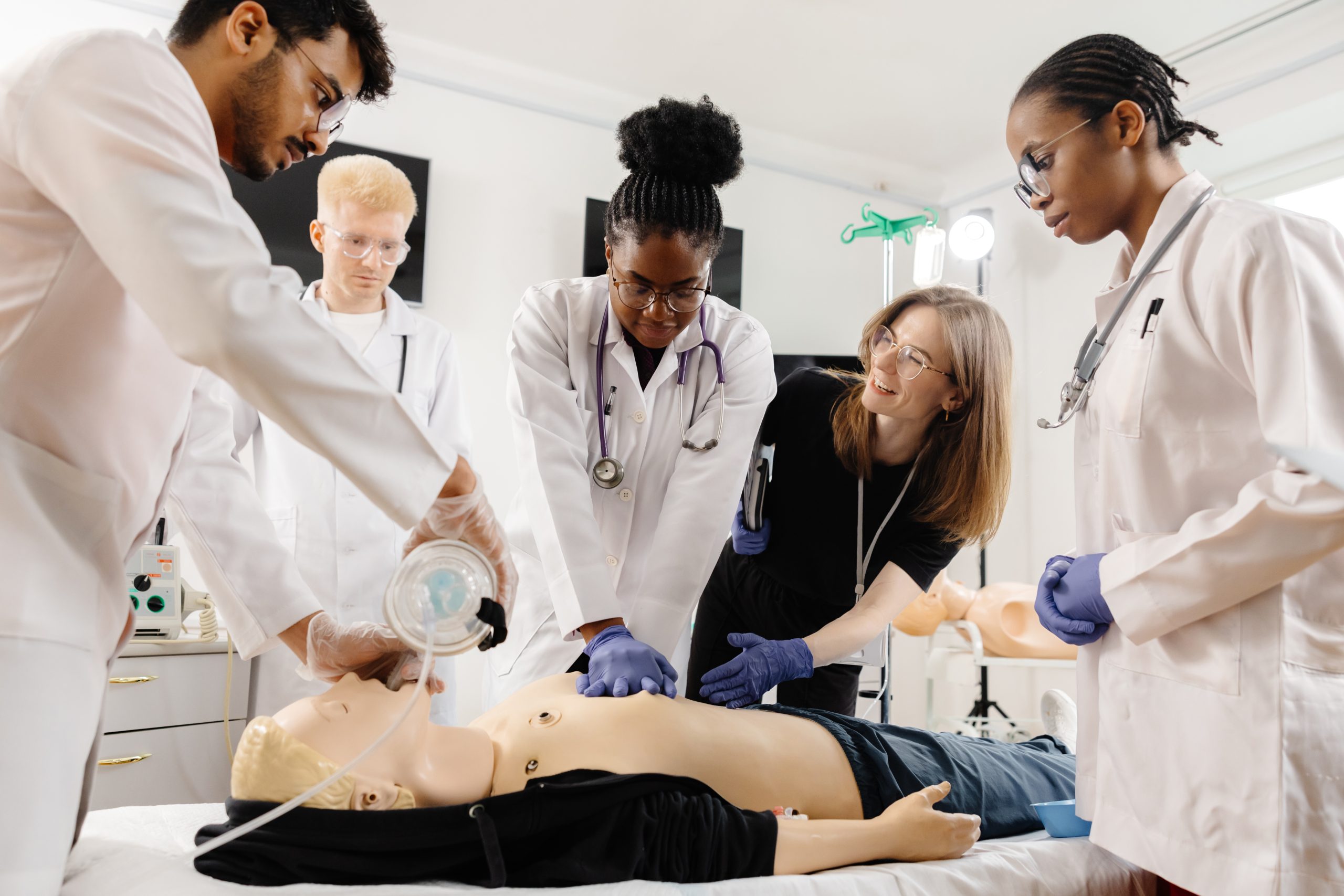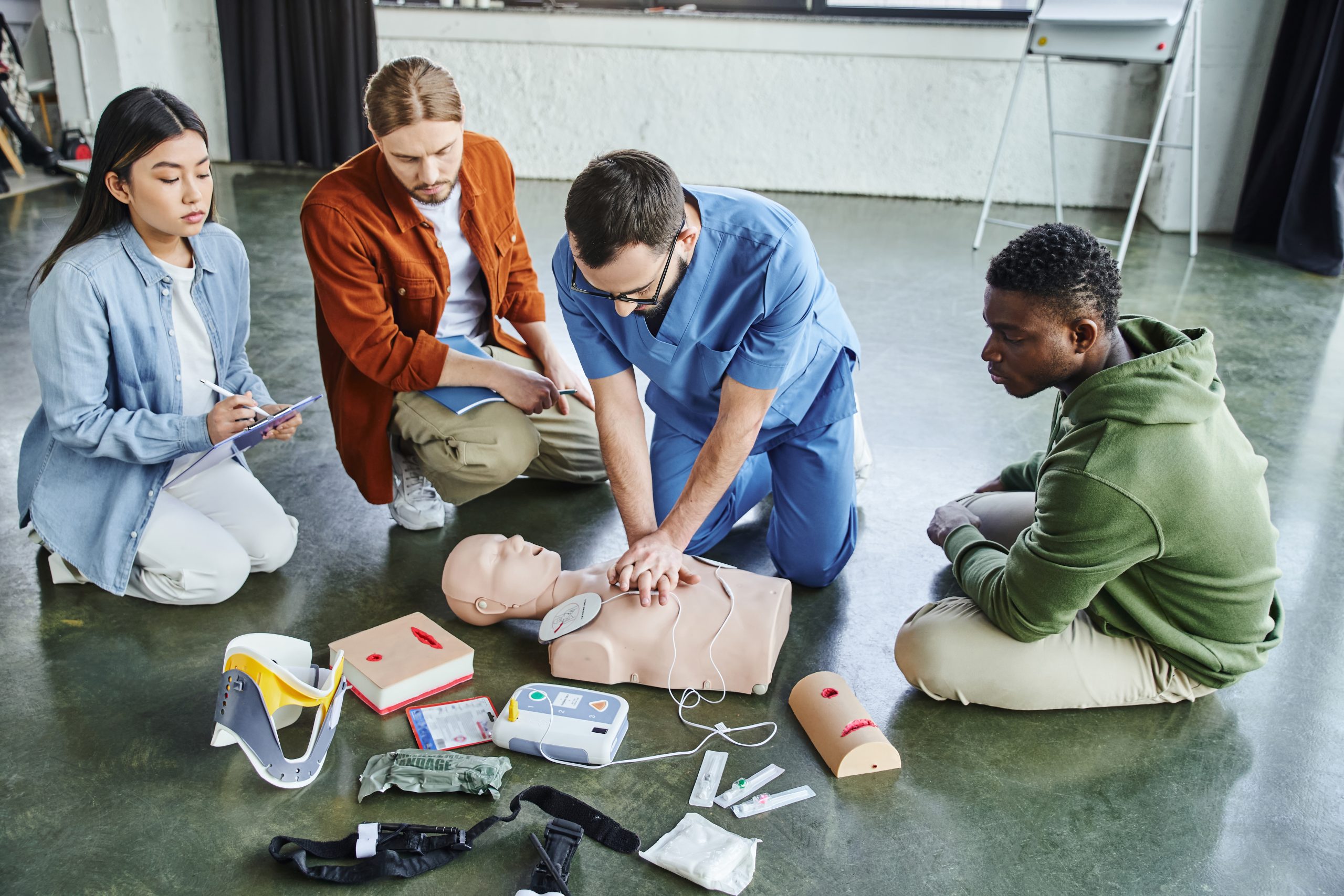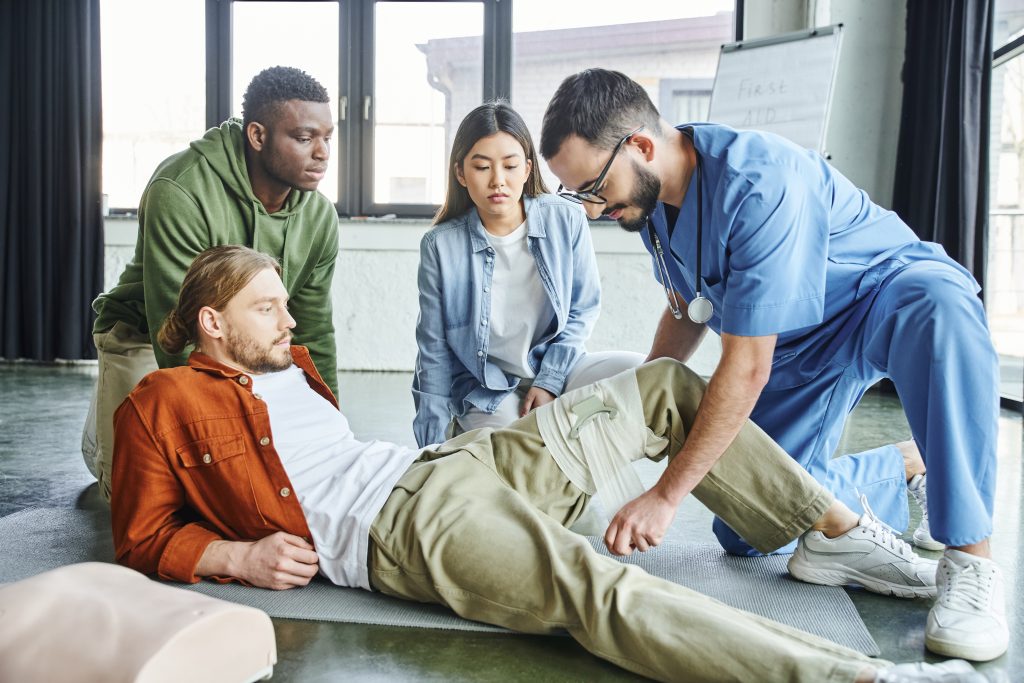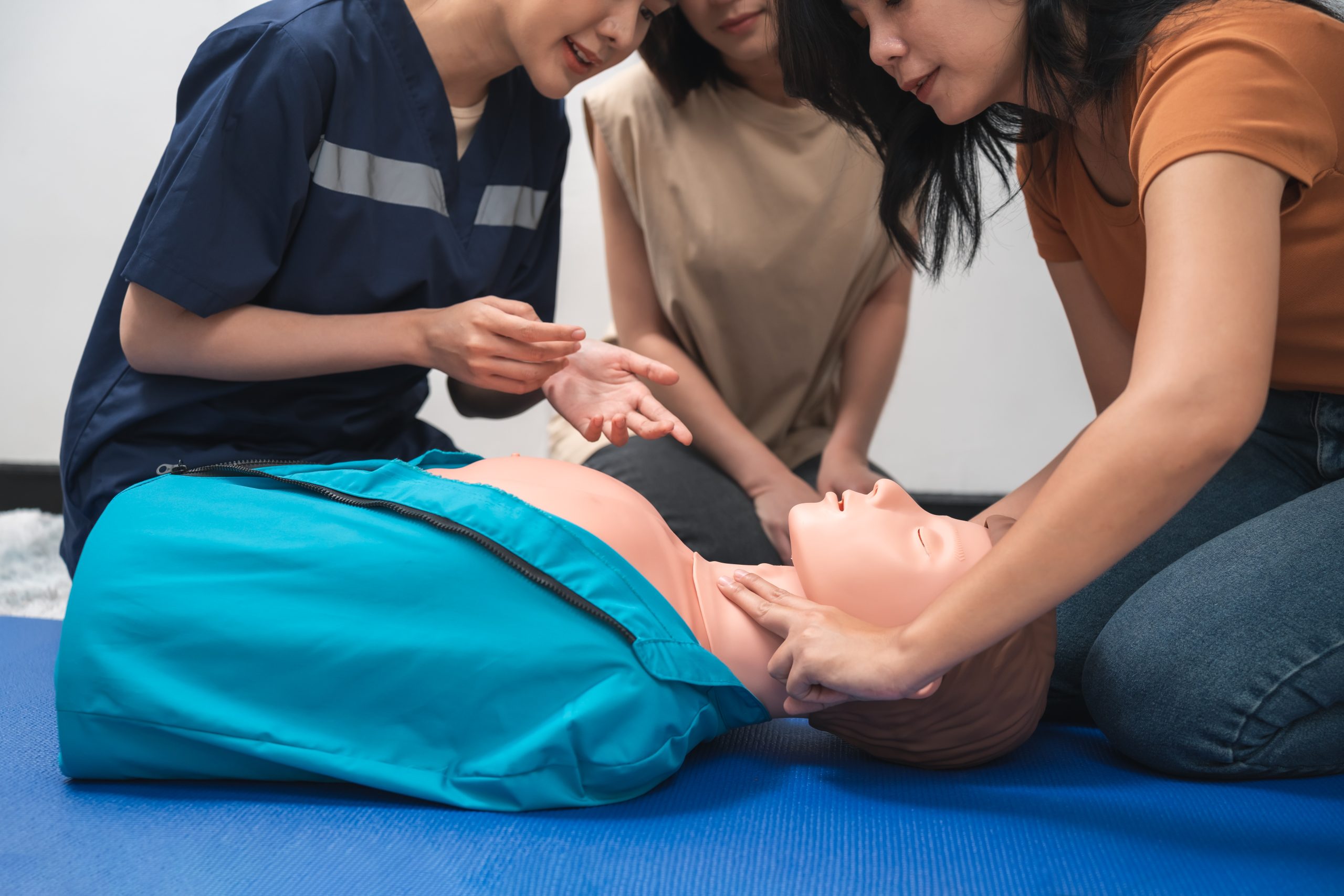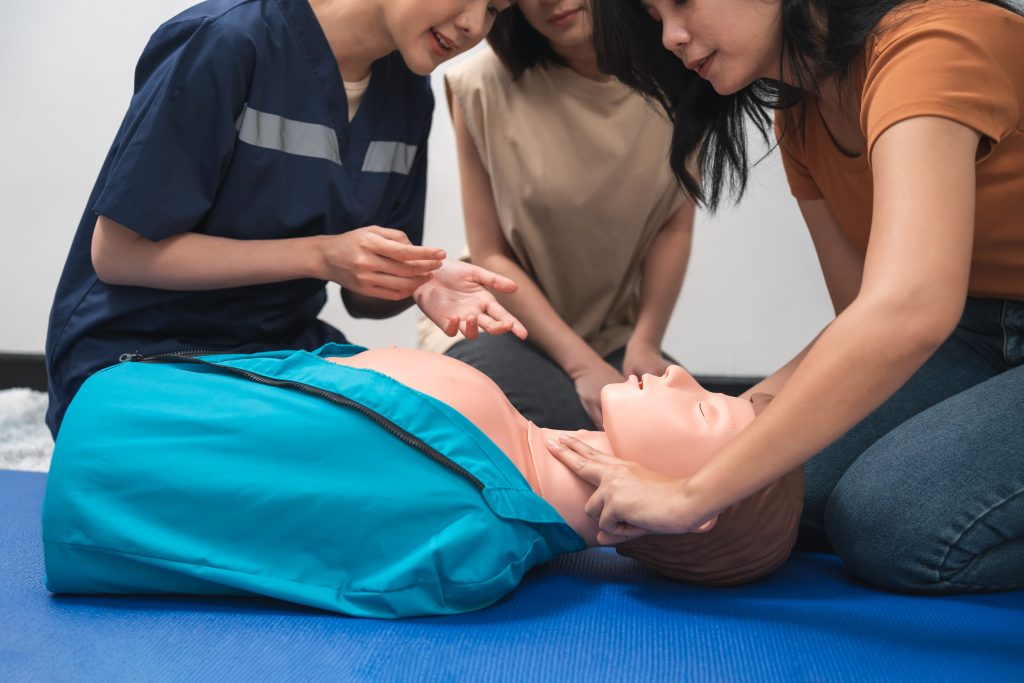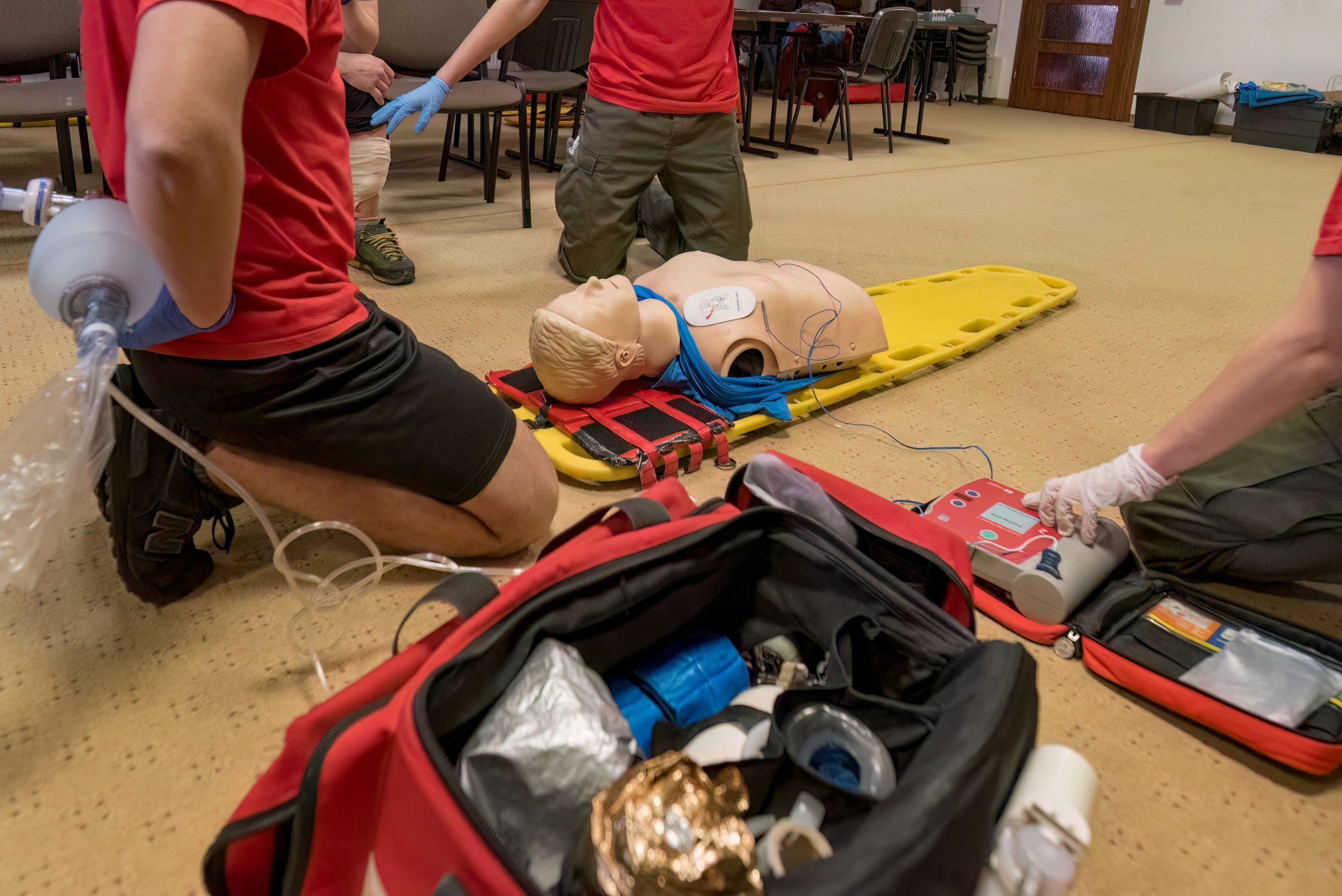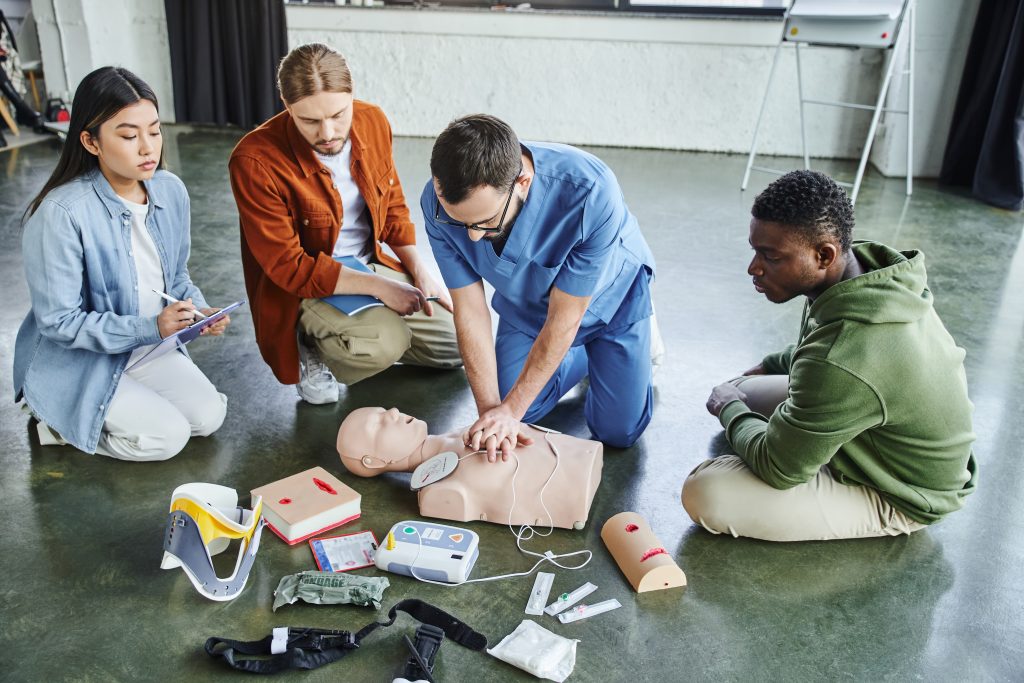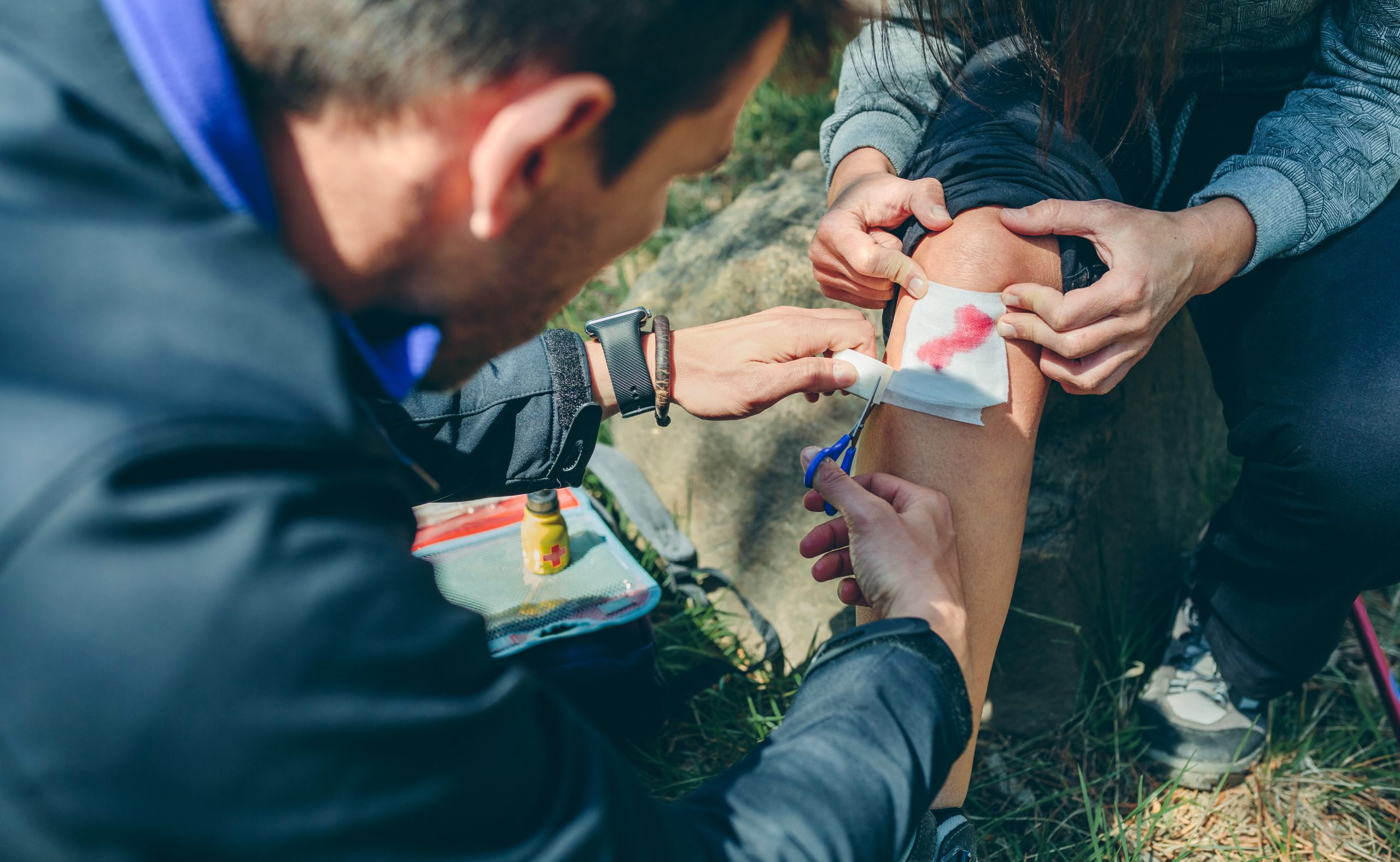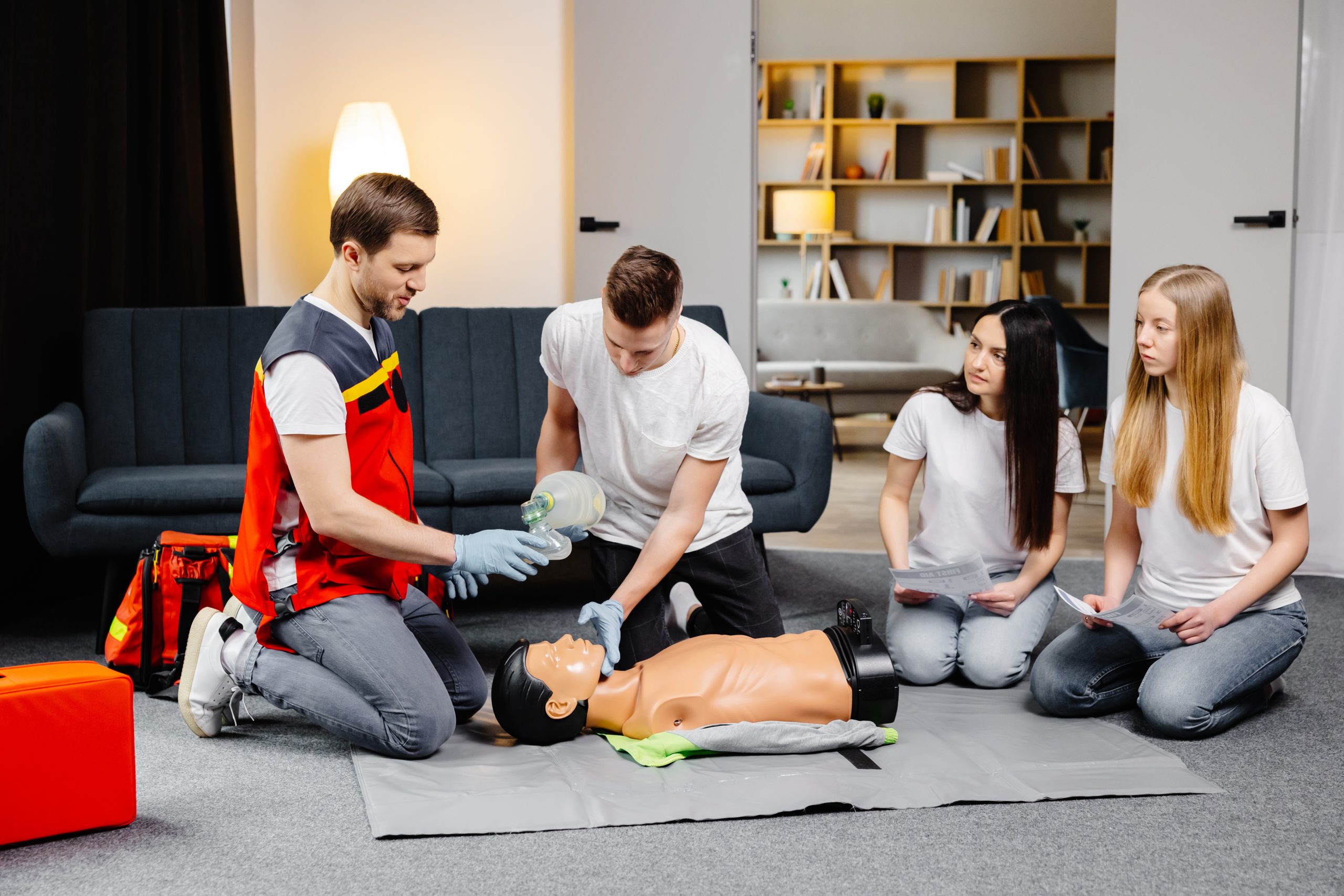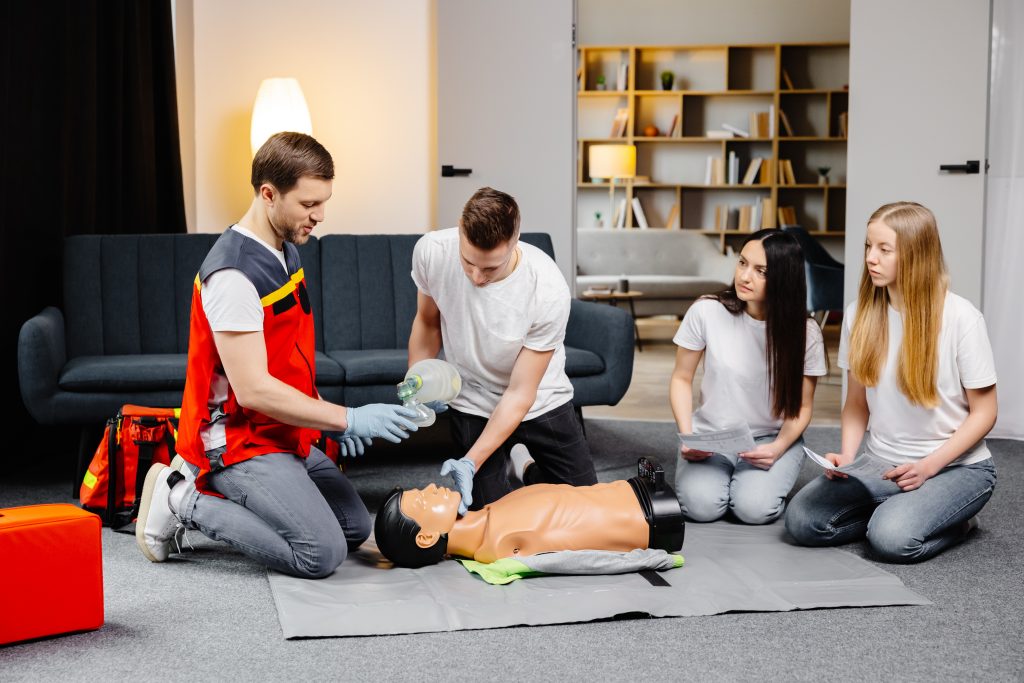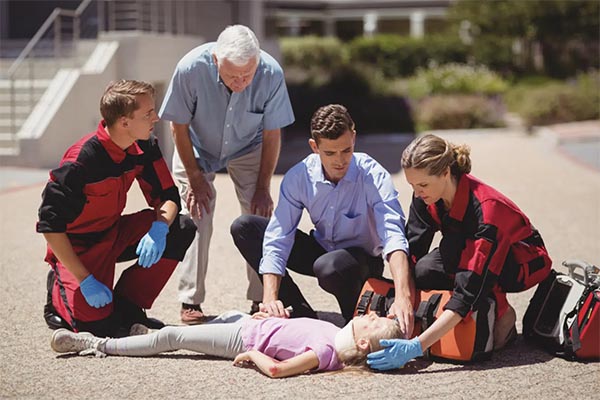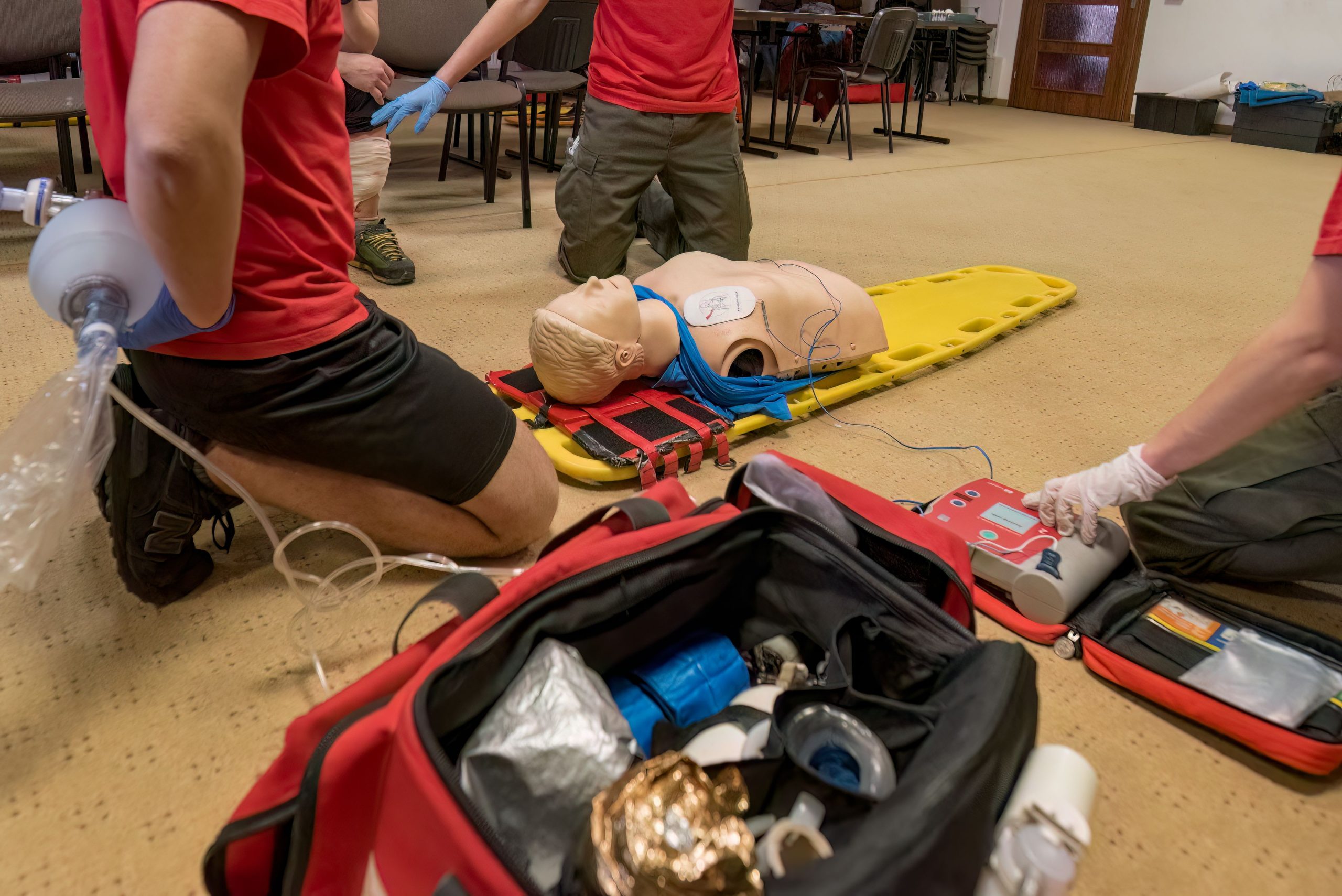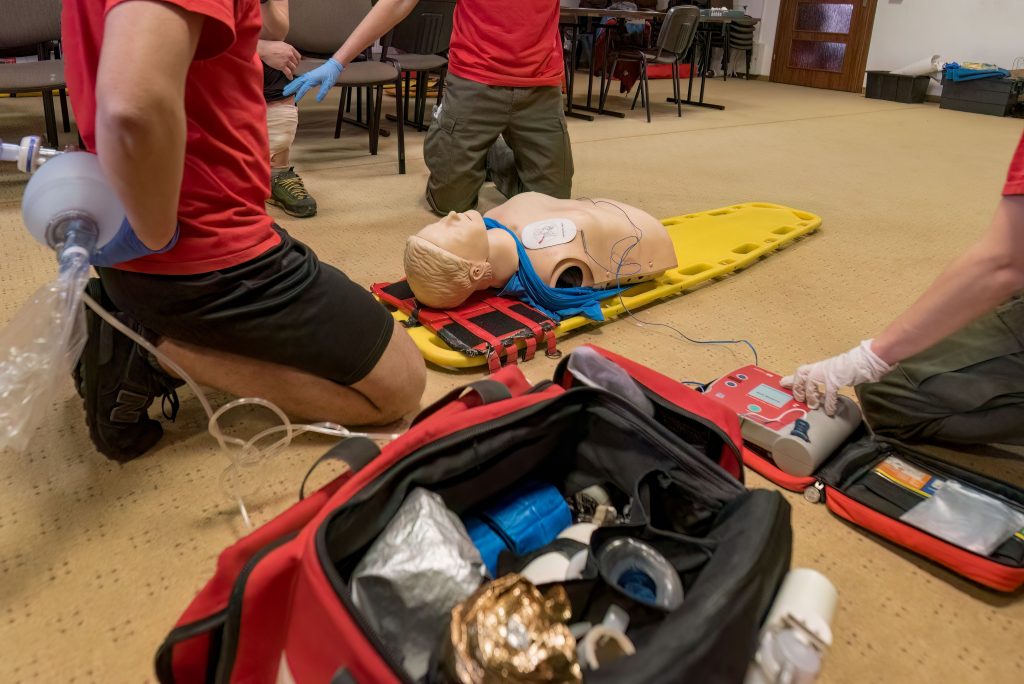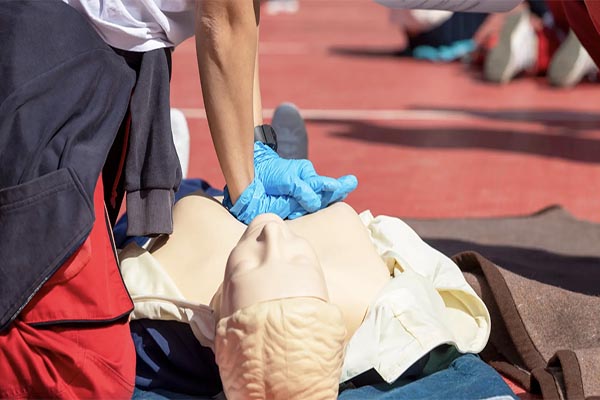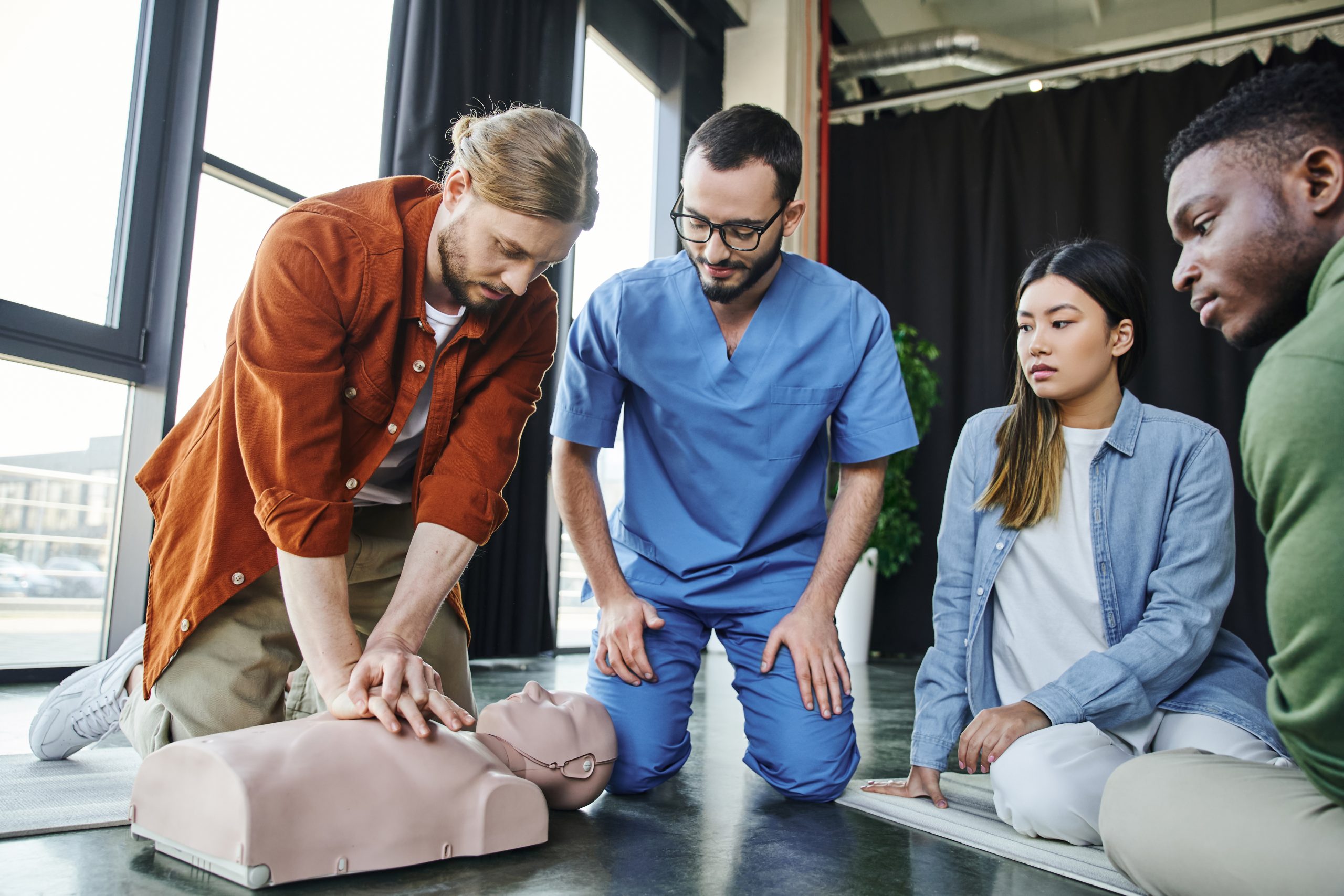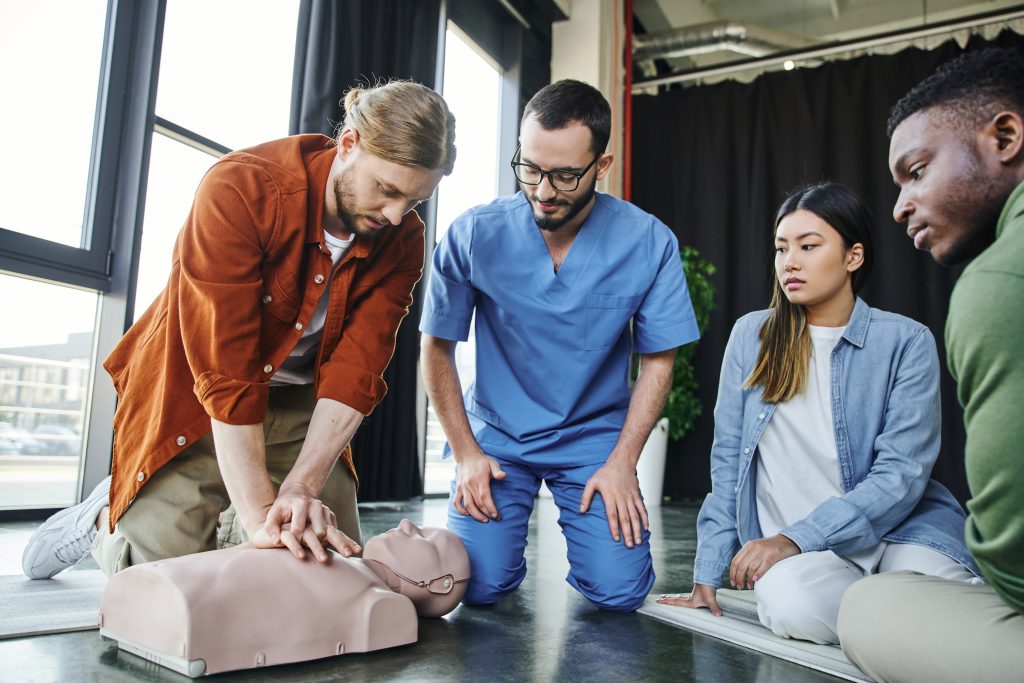How CPR Courses Keep Up with Advances in Infant Safety Guidelines
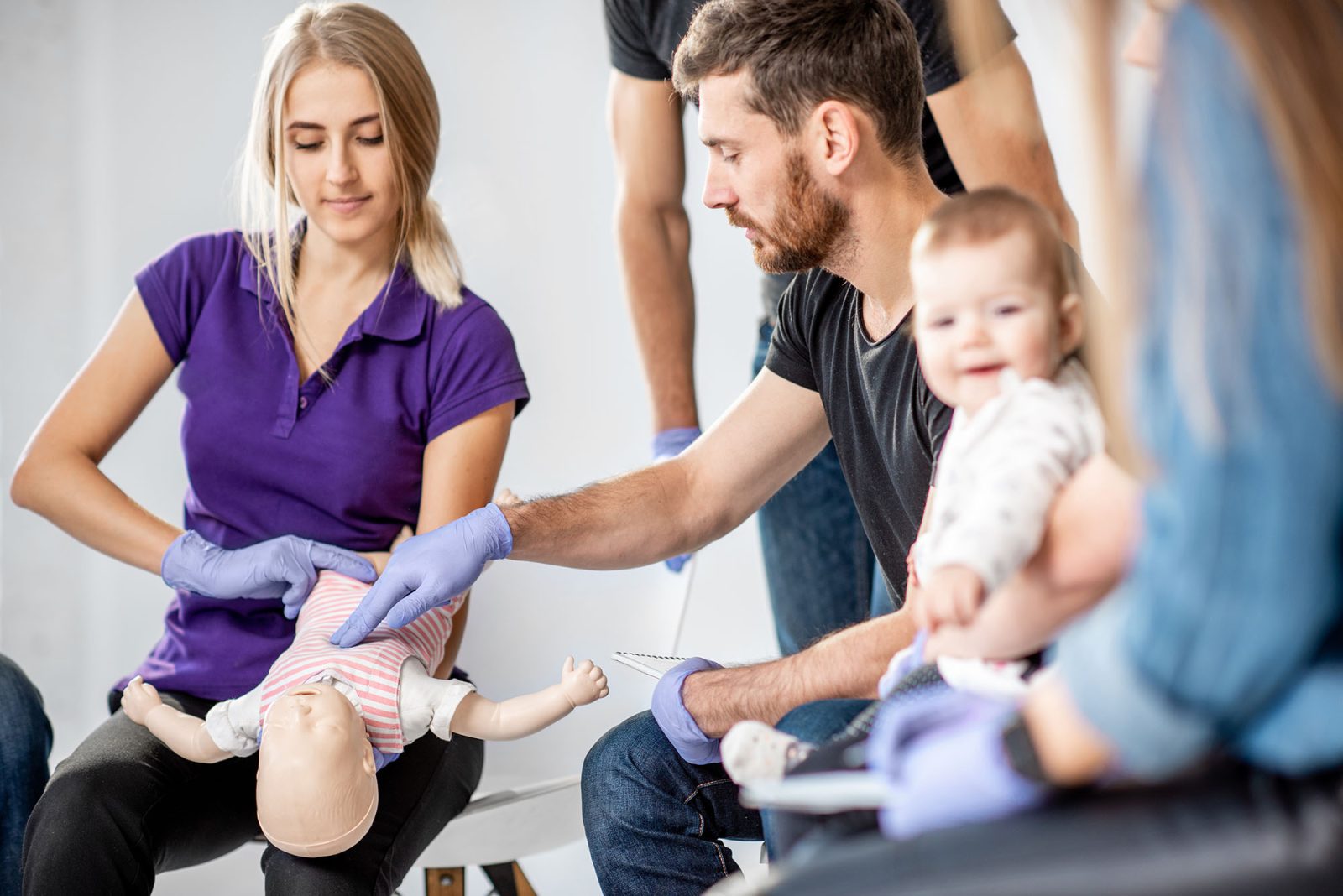
How CPR Courses Keep Up with Advances in Infant Safety Guidelines

Infant safety is an ever-evolving field, with new research and advances frequently emerging. As a result, CPR courses are continually updated to ensure they align with the latest infant safety guidelines. These updates are crucial because they equip caregivers, parents, and healthcare professionals with the most current techniques and information necessary to save an infant’s life in an emergency. This article explores how CPR courses adapt to these advancements and highlights the importance of staying informed.
The Importance of CPR Courses for Infant Safety
Every year, countless infants are saved thanks to the quick actions of someone trained in infant CPR. Understanding the specific needs and vulnerabilities of infants is critical, as their bodies are not the same as adults or even older children. CPR courses tailored for infants are designed to address these unique characteristics, ensuring that anyone responsible for their care is prepared to act in an emergency.
Why Infant CPR Differs from Adult CPR
Infants have smaller, more fragile bodies, which means that the techniques used in adult CPR are not suitable. Infant CPR requires a gentler approach, with specific techniques for chest compressions and rescue breaths. Courses in infant CPR focus on these differences and ensure that participants are comfortable performing the maneuvers correctly.
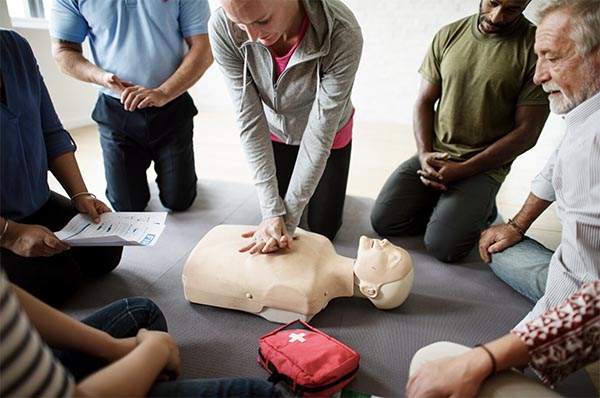
Recent Advances in Infant Safety Guidelines
In recent years, infant safety guidelines have evolved significantly. Advances in medical research, technology, and understanding of infant physiology contribute to these changes. CPR courses must incorporate these updates to remain effective and relevant.
Updated Techniques in Infant CPR
One significant advancement is the technique used for chest compressions. Current guidelines emphasize the importance of using two fingers instead of the whole hand, which is more appropriate for an infant’s chest size. This technique ensures that the compressions are effective without causing injury.
Additionally, the frequency and depth of compressions have been adjusted to reflect the latest research, which highlights the importance of a specific rhythm and depth to maximize the chance of reviving an infant.
The Role of Technology in CPR Training
Technology plays a crucial role in modern CPR training. Many courses now use advanced manikins that provide real-time feedback on the effectiveness of compressions and breaths. These tools allow participants to practice and refine their techniques, ensuring they are prepared for real-life scenarios.
How CPR Courses Adapt to New Guidelines
The organizations responsible for CPR training, such as the American Heart Association (AHA) and the American Red Cross, continuously review and update their courses to incorporate the latest guidelines. This process involves several steps to ensure that participants receive the most accurate and up-to-date information.
Regular Review and Updates
Training organizations regularly review the latest medical research and safety guidelines to identify necessary updates. They work closely with medical professionals and researchers to ensure that their courses reflect current best practices.
Once new guidelines are established, CPR courses are updated to incorporate these changes. This process may involve revising training materials, updating instructional videos, and retraining instructors to ensure they can effectively communicate the new techniques.
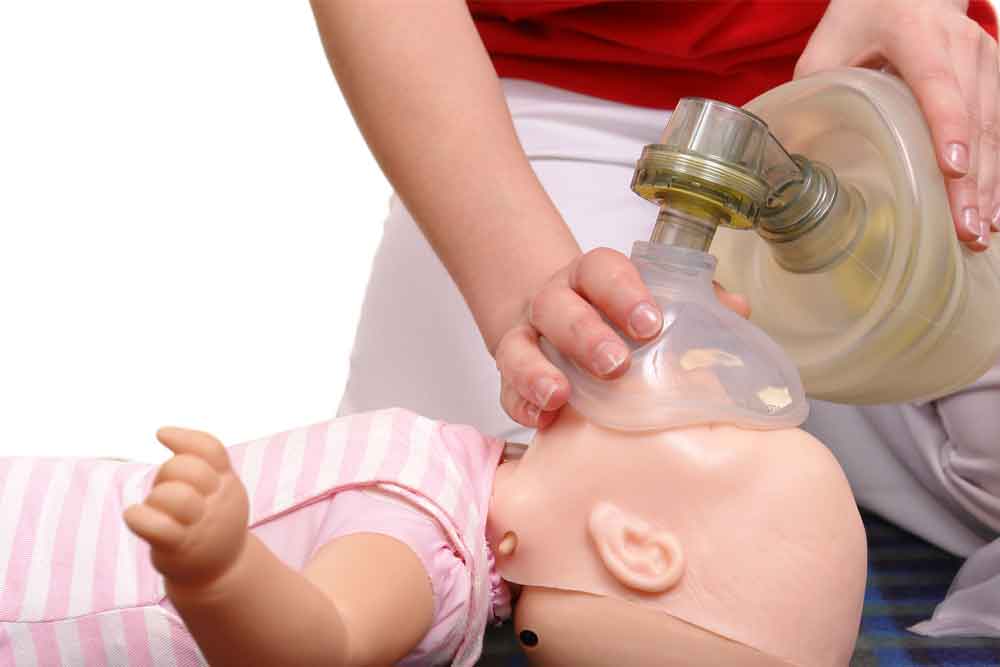
Instructor Training and Certification
Instructors play a vital role in the effectiveness of CPR courses. To ensure they are equipped to teach the latest techniques, instructors undergo regular training and recertification. This process ensures they are familiar with any changes in guidelines and can confidently pass this knowledge on to participants.
The Impact of Updated CPR Courses
CPR courses that keep pace with advances in infant safety guidelines have a significant impact on the community. They empower individuals with the skills and confidence needed to respond effectively in emergencies, ultimately saving lives.
Increased Confidence for Caregivers and Parents
For parents and caregivers, knowing how to perform CPR on an infant can provide peace of mind. Updated courses ensure they have the most current knowledge and techniques, reducing anxiety and increasing their confidence in handling emergencies.
Enhanced Preparedness for Healthcare Professionals
Healthcare professionals, including nurses and paramedics, also benefit from updated CPR courses. These individuals often encounter emergency situations involving infants and must be prepared to act quickly and effectively. Regular training ensures they are equipped with the latest skills and knowledge.
How to Find the Right CPR Course
When selecting a CPR course, it’s important to choose one that is up-to-date with the latest infant safety guidelines. Look for courses offered by reputable organizations like the AHA or Red Cross, which are known for regularly updating their training programs.
Questions to Ask Before Enrolling
- Does the course include the latest infant CPR guidelines?
- Are instructors certified and regularly updated on the newest techniques?
- Does the course offer hands-on practice with feedback from advanced manikins?
- Is there a recertification process to ensure knowledge remains current?
By asking these questions, you can ensure that you are enrolling in a course that will provide the most effective and current training available.
Conclusion
CPR courses for infant safety are a vital resource for anyone responsible for the care of infants. By keeping up with advances in safety guidelines and incorporating new techniques and technologies, these courses provide participants with the tools they need to respond effectively in emergencies. Whether you are a parent, caregiver, or healthcare professional, staying informed and trained in the latest infant CPR techniques is crucial for the safety and well-being of the youngest members of our community.
Contact CPR Classes Near Me for CPR and First Aid Training
Are you ready to equip yourself with life-saving skills? Don’t wait until an emergency happens! Contact CPR Classes Near Me today to find the best CPR and First Aid classes in your area. Our certified instructors are dedicated to providing you with the most up-to-date training, ensuring you are prepared to respond effectively in any situation.
Why Choose Us?
- Comprehensive Training: Our courses cover the latest infant CPR guidelines and techniques.
- Hands-On Practice: Gain confidence with real-time feedback using advanced manikins.
- Flexible Scheduling: We offer classes at various times to fit your busy lifestyle.
Take the First Step
Visit our website to learn more about our upcoming classes and secure your spot. Empower yourself with the knowledge and skills to save a life!
AHA BLS CPR & AED Classes
FAQ
Our primary goal is to ensure that you receive a top-quality CPR/First Aid certification. With our in-person training in Austin, you can learn CPR and BLS in just one class. Your presence is all that’s needed to continue with your lesson! During your session, you will complete all the live-training components necessary to ensure you receive your AHA Healthcare Provider certification card.
Our CPR Classes in Austin are discounted to $59.95 (saving you $20), and our CPR + First Aid Class is offered at $79.95 (also saving you $20). When looking for CPR Classes, ensure to check for the American Heart Association seal. Other sites might seem cheaper but frequently lack the official training credentials demanded by employers.
Upon successful completion of the course, you will obtain a CPR certification that is valid for two years. The AHA CPR certification is recognized with the highest acceptance rate among employers nationwide.
Indeed! Enroll in any CPR Certification Austin BLS course to extend your certification for an additional two years. The in-person BLS course and the Renewal Class are identical.
Anyone capable of completing the course independently should consider pursuing CPR training and CPR Certification. There is no minimum age restriction for obtaining a CPR certification in Austin through the American Heart Association (AHA)..
CPR training needs to be carried out in person to guarantee its effectiveness. Our experienced instructors offer an engaging and dynamic learning experience. Typically, employers do not recognize CPR certifications that are obtained solely through online courses.
All authorized American Heart Association training centers are obligated to display the entire video. After a three-hour session with CPR Classes Near Me Austin, your BLS CPR eCard will be promptly issued by the instructor on the same day!

